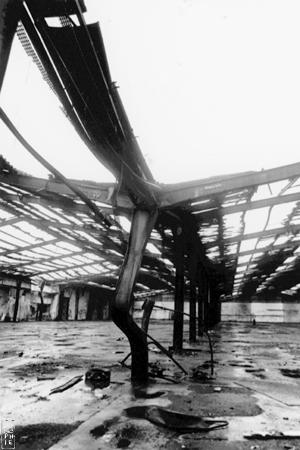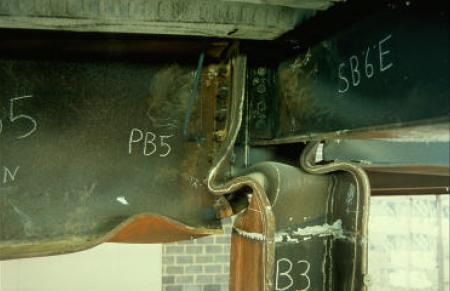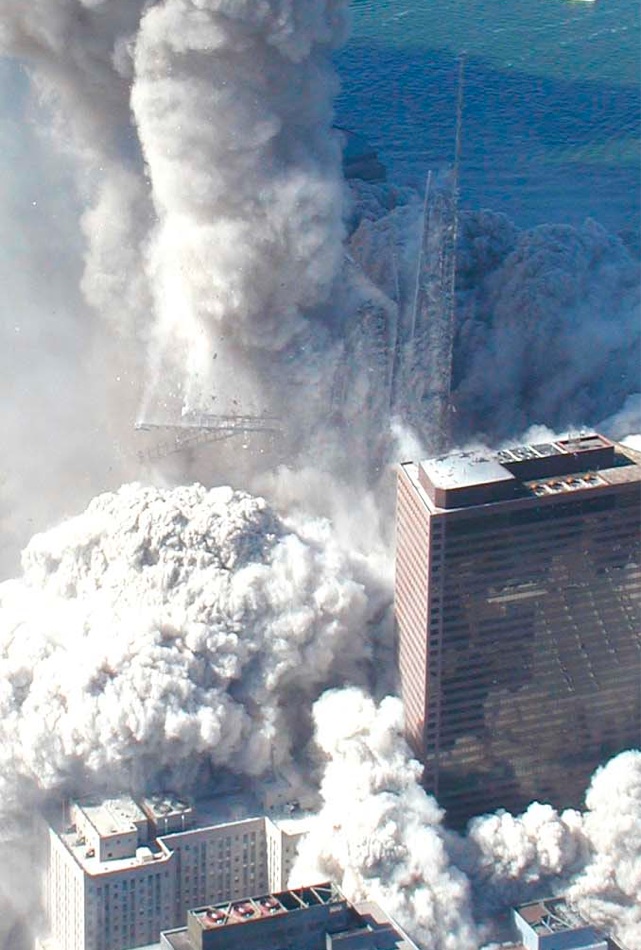Ron J
Active Member
Fantasy. These contortions are equal to the 'building within a building' stuff. The guy made an effort to actually do the maths - and the maths is right, no matter your protestations, if not a perfect representation. He doesn't claim perfection. But basically it's correct - and you know it. Don't you? How long should the building have taken to reach the ground? - let's see your maths in his terms and based on my calculation of the total weight of one tower which is 280,000 tonnes including furniture. If what we're told is true, then how long for 'The Crusher' (ie. the top 15 floors - which actually weighed about 38,000 tonnes) to hit the ground after crushing the building and then itself, leaving nothing recognizable as a building, and likewise its contents (yes, that's the story, I feel sullied just repeating it). Can we see that from you in the terms I propose?
How long should the building have taken to reach the ground? The amount of time that it did.
15 floors crushing the building, then itself. One has to assume that the top 15 floors fell all the way to the ground as a unit, instead of breaking up just as the floors below broke up in its initial wake. Smoke and pulverized debris obscured any observation of the top 15 floors after a certain point. People survived in stairwell A on the lowest floors. Would that have been the case if the top 15 floors had crashed into the lobby as one unit?
The TV antenna was wobbling as the top 15 floors began to fall. How long did the roof remain intact?
Debris was shooting out windows on floors before column sections fell away in video i have seen of the South Tower. Internal collapse was leading external collapse, regardless that the top 30 floors collapsed down onto the the remaining 80. Obviously we are talking about the North Tower here, but i think the dynamics are more complicated than some math formula would suggest.
I saw a Youtube video accompanied with some physics experiments, which the author claimed that the only way that the top 15 floors could have fallen into the rest of the building in the manner it did, was if the support below was blown out. The problem with that being no evidence of explosions to blow out support at the 94th? floor.
Critics have decried that the collapse of the Towers defied the laws of physics, but no laws of physics could have been broken.
How long it took the top 38,000 tons to reach the ground depends on which pieces of the 38,000 tons one is talking about. Some column sections of the top 15 floors may have hit the ground before column sections at the 20th floor did.










